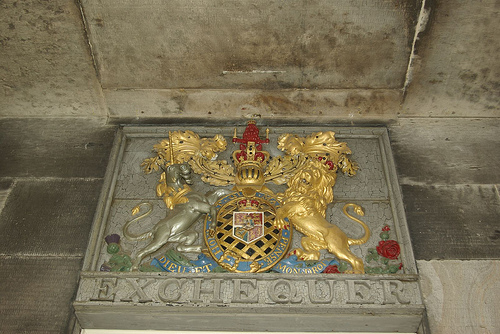Design rights
Next, think about the material created for you for your business empire on the web.
If you have been smart or, more appropriately, skilled enough to design your own website or graphical materials yourself, this section is not designed for you. But if you got someone else to make you the website, images, pictures and nice logos, without them stating that they have transferred ownership to you, then you should be concerned. I have seen this before with a major Scottish business and the ensuing dispute was not pretty. If someone designs something for you, they are initially, legally speaking, the owner of that design. At the very least, all they are doing is giving you a licence to use their design in exchange for remuneration. There are only three main arguments that you can run against such ownership:
first, that your designer stated verbally or in writing that you own the design;
second, that your designer has, by their actions or conduct, either in that one instance or in previous instances, transferred ownership to you; or
third, that, through industry practice, ownership is transferred to you.
If you can’t argue those three thing, you should pray that your designer is a good friend and decent human being, or pray that you have a good lawyer versed in IP protection and enforceability.
The very last thing you want is for your designer turning round and saying that they want an additional cash sum for transfer of ownership in the design, while in the meantime all you have is an implied licence.
Settling for less
Think it’s ok to run your business with designs under implied licence? It might be. But what about when you go to sell your business? Imagine your lawyers getting paid several hundred thousands of pounds by you to conduct a due diligence exercise only to find out that some of the most important elements of your branding aren’t owned by you. This will royally screw up your royalties and any deal itself.
Think, even, about the number of times you’ve seen this scenario on Dragon’s Den. What’s your response to the lawyers or dragons, or Bannatyne or Jones and the rest of the “Dragons”? Oops? Sorry? I hadn’t thought of that? Well if you haven’t got it right, you may have to fork out another massive fee for a lawyer to try to win you ownership of something that should have belonged to you all along.
Ownership is mightier than possession
Ever wondered the origins of the phrase “Possession is nine tenths of the law”? It seems more likely that ownership is nine tenths of the law; although possession might lead to ownership if you’ve possessed something for long enough. For example, under Scots law, positive prescription can run on possession of moveable property, making you the owner after 10 years provided you have had peaceful possession without judicial challenge. It was Bruce Lee who said that
Knowing is not enough: we must apply;
Willing is not enough: we must do.
Consider this:
“Possessing is not enough: we must own.”
So how do you get ownership? This depends on the level of sophistication of the project. The two most sensible options are either:
first, to get a written note from your designer stating that ownership has been transferred to you; or,
second, to have a contract drafted which sets out that position.
Either way, whatever method is used, make sure there is method! And be a bit more savvy with your cash. Some designer says they need to keep charging you £1000 for each design they do for you? Try negotiating and get the price down into a manageable cluster payment for several designs at a time. Freedom of contract is a wonderful thing.
Registration
Once you can sleep at night knowing you have ownership rights, you can decide whether to leave them unregistered or proceed to register them. Unregistered design rights overlap with copyright to an extent and the protection afforded is decent to say the least. Go for registered designs if the design is more complex and vital to your business. If you don’t have the time or the cash for registered designs, just take the cheap practical option of sealing your designs in an envelope and mailing them back to yourself through recorded delivery.
Next post on Business Method Patents
Best wishes,
G



